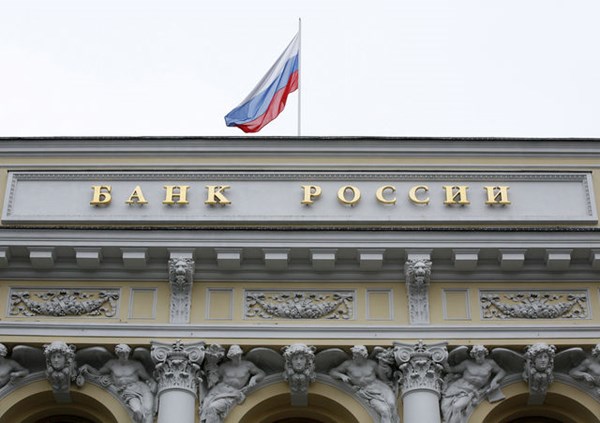Russian banks reluctunt to buy Kremlin bonds
Russian banks are in no rush to support the government debt market, which foreign investors have recently fled. The largest and systematically most significant banks and other participants in the banking system have been dumping Federal Loan Bonds (OFZs) alongside non-residents, according to a statistic published by the Central Bank of Russia on Wednesday.
Foreign investors disposed of 370 billion rubles worth of Russian government debt notes after the US placed sanctions on the aluminum producer Rusal in April, and began drafting a bill prohibiting investments in Russian government debt in July.
Despite the Finance Ministry’s confident reassurances that local market participants would gladly buy up the market failure, Russian banks have followed the example of their foreign colleagues.
Compared to the start of the year, systematically significant credit institutions’ investments in OFZs (Russian Federal Bonds) have decreased from 1.864 to 1.850 trillion rubles.
The top 10 banks dumped 102 billion rubles of bonds, bringing their investment down to 955 billion rubles.
Since the start of 2017, the banks have reduced their investments by 331 billion rubles.
Non-governmental pension funds (NGPF) have been used to support the market, Central Bank admits: NGPFs increased their OFZ investments by 250 billion rubles in the quarter. Another 40 billion came from insurance companies.
Overall, “other” holders have bought 465 billion rubles of OFZs since the start of the year.
Essentially the Central Bank has been supporting the market with its own funds. The regulator has invested roughly 250 billion rubles in major NGPFs which came within the clean-up perimeter of the “Otkritie” bank (“Lukoil-Garant”, Elektroenergetika NGPF, RGS), analysts from Reiffeisen Bank point out: these funds were also used to buy OFZs.
Non residents bought roughly $500 million of OFZs ahead of the Trump-Putin meeting in Helsinki. However, after the talks, all of the investments were disposed of, and on August 1 the proportion of foreign participants in the market reached a new low since January 2017: 27.5%.
